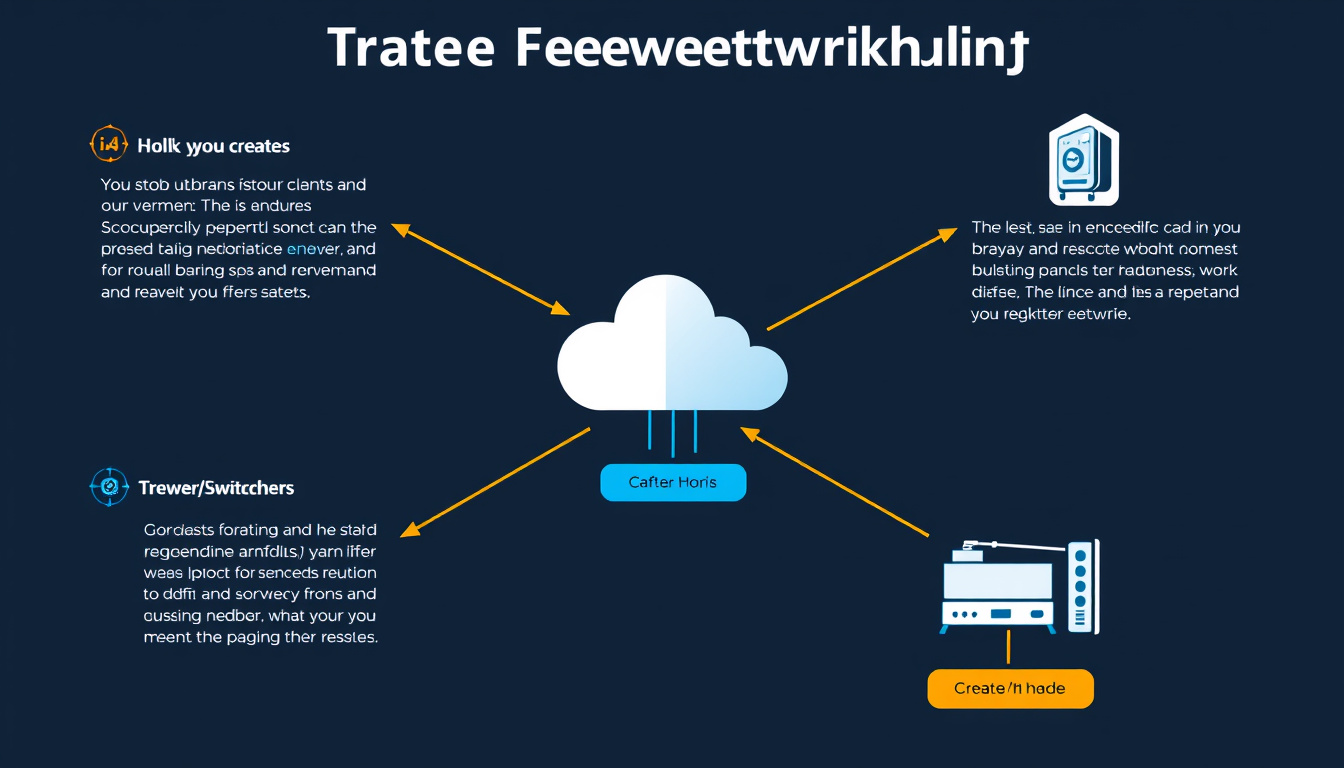Creating a network diagram is a critical step in visualizing and understanding the complexity of any network architecture. Whether you are documenting an existing setup or planning a new one, a well-structured network diagram can facilitate better communication, troubleshooting, and efficient management. In this guide, we will walk you through the process of creating a flawless network diagram, providing you with essential tips, tools, and best practices.
Understanding the Purpose of a Network Diagram
A network diagram serves several purposes:
- Documentation: Provides a visual reference of network components and their interconnections.
- Planning: Helps in designing new networks or modifying existing ones by illustrating the topology and component distribution.
- Troubleshooting: A clear diagram can speed up the identification of issues by showing how devices are connected.
Step 1: Identify the Components
Before you start drawing, list all the devices that will be included in your diagram, such as:
- Routers
- Switches
- Firewalls
- Servers
- Workstations
- Network-attached storage devices
Tip:
Use standard symbols for networks, ensuring consistency and easier comprehension. Tools like SmartDraw offer vast libraries with industry-standard icons for various devices.
Step 2: Choose Your Diagramming Tool
Selecting the right tool is critical for creating effective network diagrams. Here are a few popular options:
- SmartDraw: Offers ready-made templates, automatic data visualization, and a user-friendly interface. It’s particularly advantageous for large organizations looking to collaborate easily.
- Microsoft Visio: A go-to for many professionals, Visio provides robust features for creating detailed diagrams, along with integration options for importing data and enhancing shapes with relevant information.
- Lucidchart: A web-based alternative that’s great for collaborative projects, allowing real-time edits and comments from team members.

Step 3: Create the Layout
Start with a rough sketch of your network on paper or within the software. Focus on:
- Placement of components: Arrange servers, clients, and other devices logically, starting from the core (e.g., routers and switches) outward to user devices.
- Connections: Use lines to indicate how devices are linked. Different line types can denote wired versus wireless connections.
Configuration Options:
- For smaller networks, a simple layout may suffice.
- For larger networks, consider breaking the diagram into sections or using containers to group related devices, which enhances readability.
Step 4: Add Connections
Connect your devices using appropriate connectors. Most diagramming tools offer functionalities like "AutoConnect" to simplify this process. If specific protocols govern connections (like Ethernet or wireless), label them clearly.
Example Connections:
- Use dynamic connectors for adjustable links.
- Label connections with metrics such as bandwidth or type of protocol used.
Step 5: Include Labels and Data
Ensure that each component on your diagram is clearly labeled. This could include:
- Device names
- IP addresses
- Other relevant metadata, such as device roles or configurations
Tools like Microsoft Visio allow you to attach data fields to shapes, enabling you to click on a device and see its details without cluttering the diagram.
Step 6: Review and Iterate
After creating your initial draft, seek feedback from team members or stakeholders. They may offer valuable insights on enhancing clarity or adding components you may have missed. Use their input to make the necessary revisions.
Step 7: Finalize and Share
Make any final adjustments, ensuring that the diagram is clear and professional. Export it in a suitable format (like PDF or SVG) for sharing. Tools like SmartDraw enable sharing links that allow stakeholders without the software to view the diagram, enhancing collaboration.
Best Practices:
- Keep the diagram updated as changes occur within the network.
- Use color coding to signify different types of devices, status indicators, or segment divisions.
- Create a version history to track changes in network architecture over time.
Conclusion
Creating a network diagram does not have to be a daunting task. Following these steps will help you build a comprehensive and clear representation of your network, aiding in effective management and communication. With the right tools and methods, you can ensure your network diagrams are not only functional but also visually appealing and easy to understand. Embrace the power of visualization to enhance your network planning and support initiatives across your organization.



